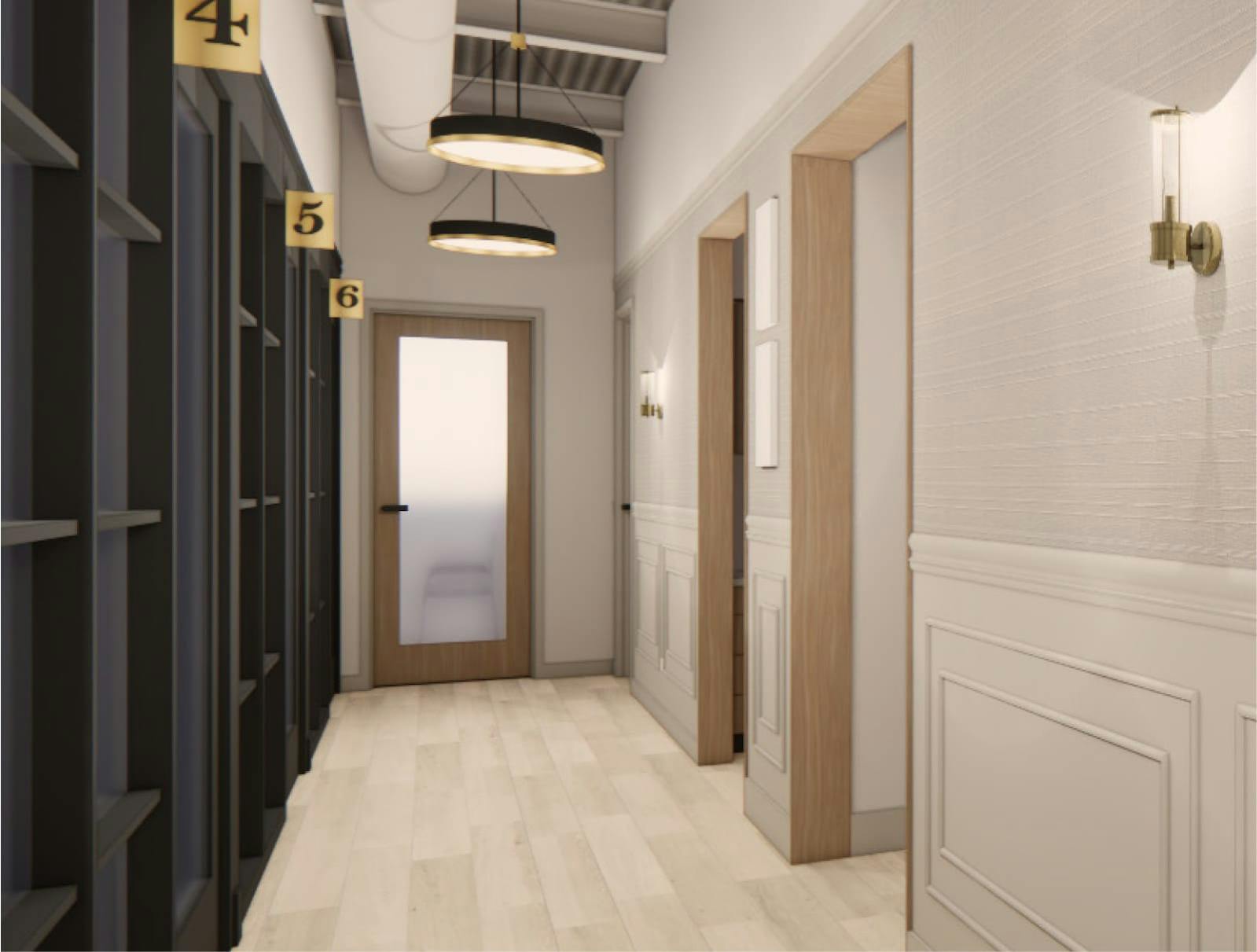Phrenic Nerve Diaphragm Paralysis is a condition in which the phrenic nerve stops functioning, resulting in an inability to contract the diaphragm.
What is Phrenic Nerve Diaphragm Paralysis?
Phrenic nerve diaphragm paralysis occurs when the phrenic nerve is damaged or stops functioning properly. This nerve runs from your brain and neck down through your chest and into one side of your diaphragm – a large muscle that separates the lungs from digestive organs and helps you breathe by expanding and contracting as you inhale and exhale. When the phrenic nerve only partially functions, it can cause labored breathing on just one side of the body – a condition known as unilateral phrenic nerve paralysis. Complete paralysis on both sides (bilateral) can also occur if both phrenic nerves are affected.









